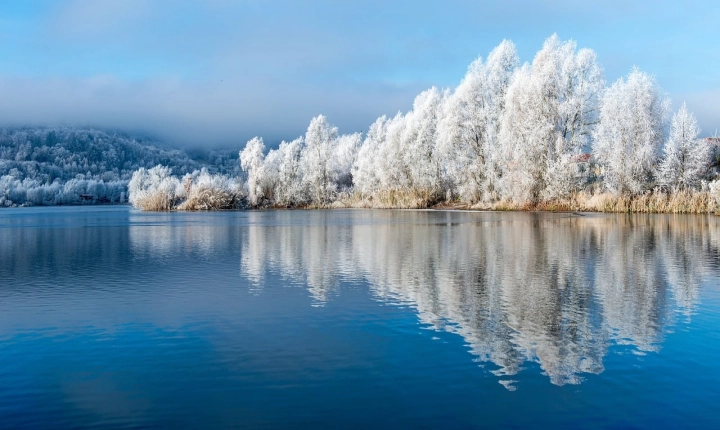Title: The Impact of AI Art on Artists and the Art World
The intersection of technology and art has always been a subject of fascination and debate, and the emergence of AI art is no exception. Artificial intelligence (AI) has revolutionized the creative process with its ability to generate artwork autonomously, raising questions about its impact on the art world and how artists perceive this new form of creativity.
AI art, also known as generative art, involves the use of algorithms and machine learning to create visual and audio pieces. These algorithms analyze patterns and data to produce unique and, in some cases, indistinguishable artwork from that created by humans. While some view this as a groundbreaking advancement, many traditional artists are apprehensive about the implications of AI art on their craft.
One of the primary concerns among artists is the fear of AI replacing human creativity and innovation. The ability of AI to generate artwork quickly and efficiently raises questions about the value of traditional artistic skills and the future of human-generated art. Some artists worry that the proliferation of AI art could devalue their work and undermine the significance of artistic expression.
On the other hand, there are artists who embrace AI as a tool for inspiration and collaboration rather than a threat. They see AI as a new medium that can coexist with traditional art, providing new possibilities for creativity and expanding the boundaries of artistic expression. These artists experiment with AI-generated elements in their work, recognizing the potential for symbiotic relationships between human insight and machine-generated content.
Moreover, some artists appreciate the democratizing effect of AI on art creation, as it allows individuals without traditional artistic training to engage in the creative process. AI art platforms provide accessible tools for people to explore their artistic inclinations, potentially diversifying the art landscape and broadening the scope of artistic representation.
In addition to the perspectives of individual artists, the art world’s reception of AI art has been mixed. While AI-generated artwork has garnered attention and even been featured in prestigious exhibitions, it has also sparked debates about the authenticity and authorship of such pieces. Questions of ownership and intellectual property rights have arisen, requiring reassessment of established norms and regulations within the art industry.
The dialogue surrounding AI art continues to evolve as artists, scholars, and enthusiasts grapple with its implications and potential. The integration of AI into the art world presents both challenges and opportunities, prompting a reevaluation of artistic practices and the evolving nature of creativity.
Ultimately, artists’ views on AI art span a spectrum from skepticism to enthusiasm, reflecting the complexities and nuances of this technological advancement. As AI continues to play an increasingly prominent role in creative endeavors, the art world will undoubtedly undergo further transformations, reshaping the way we conceive, produce, and experience art. Whether AI art will be seen as a complement or a competitor to human creativity remains an open question, but its influence on the art landscape is undeniable.
